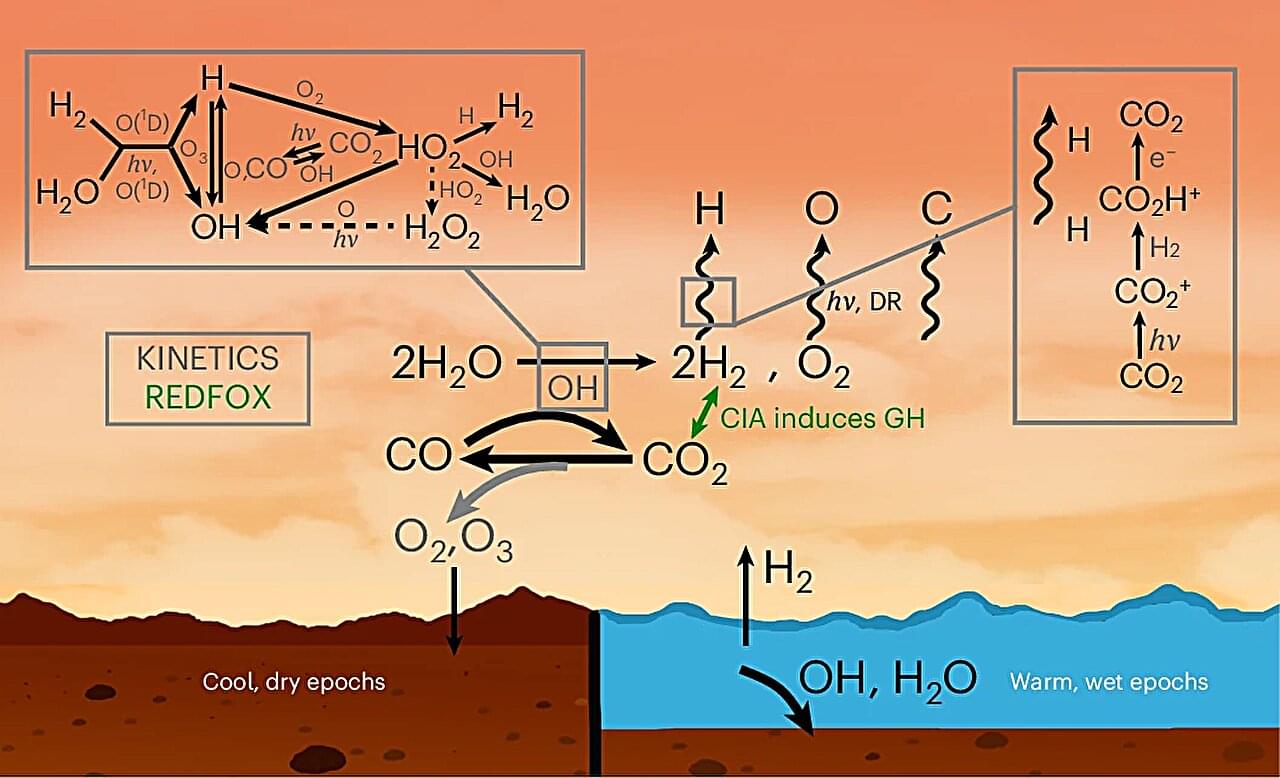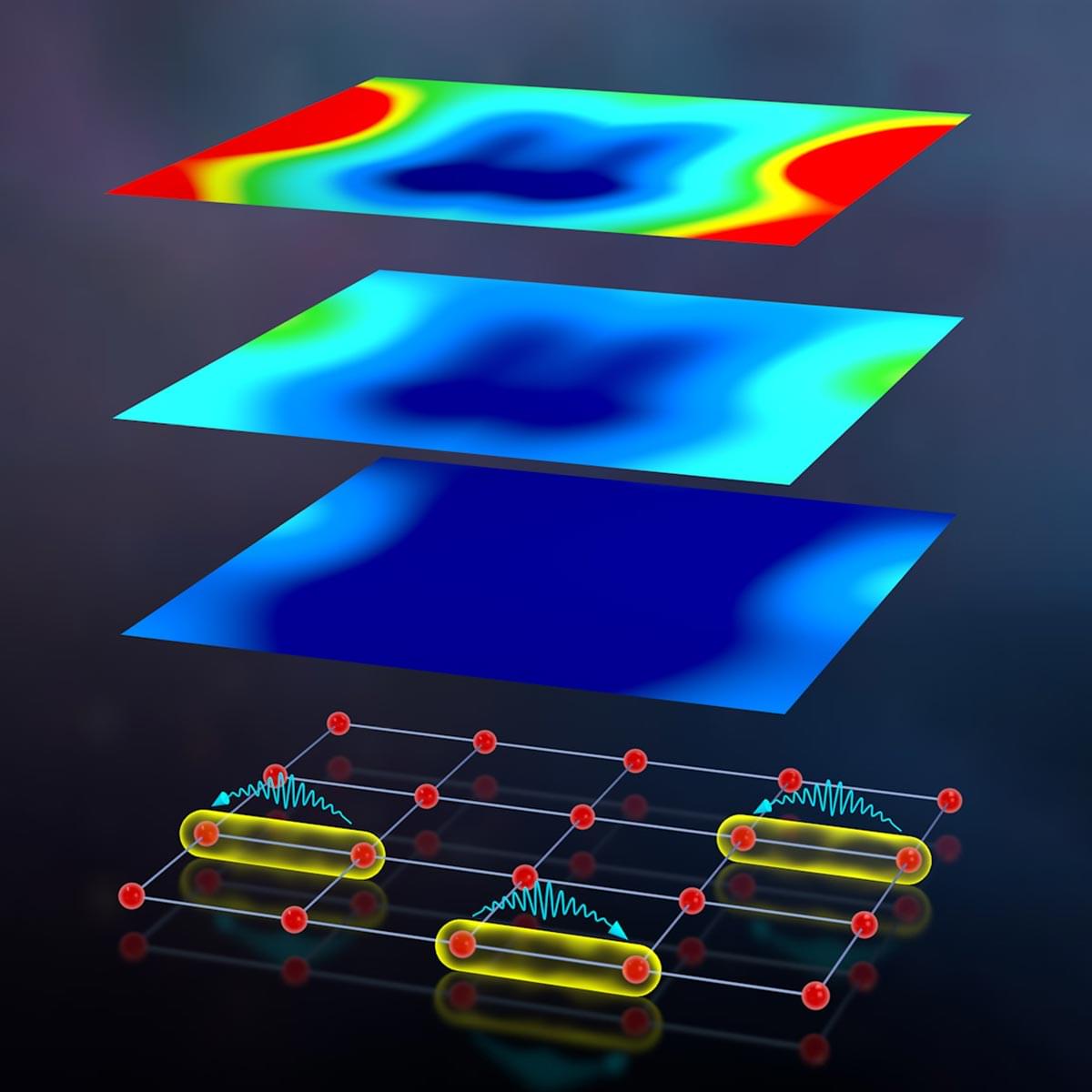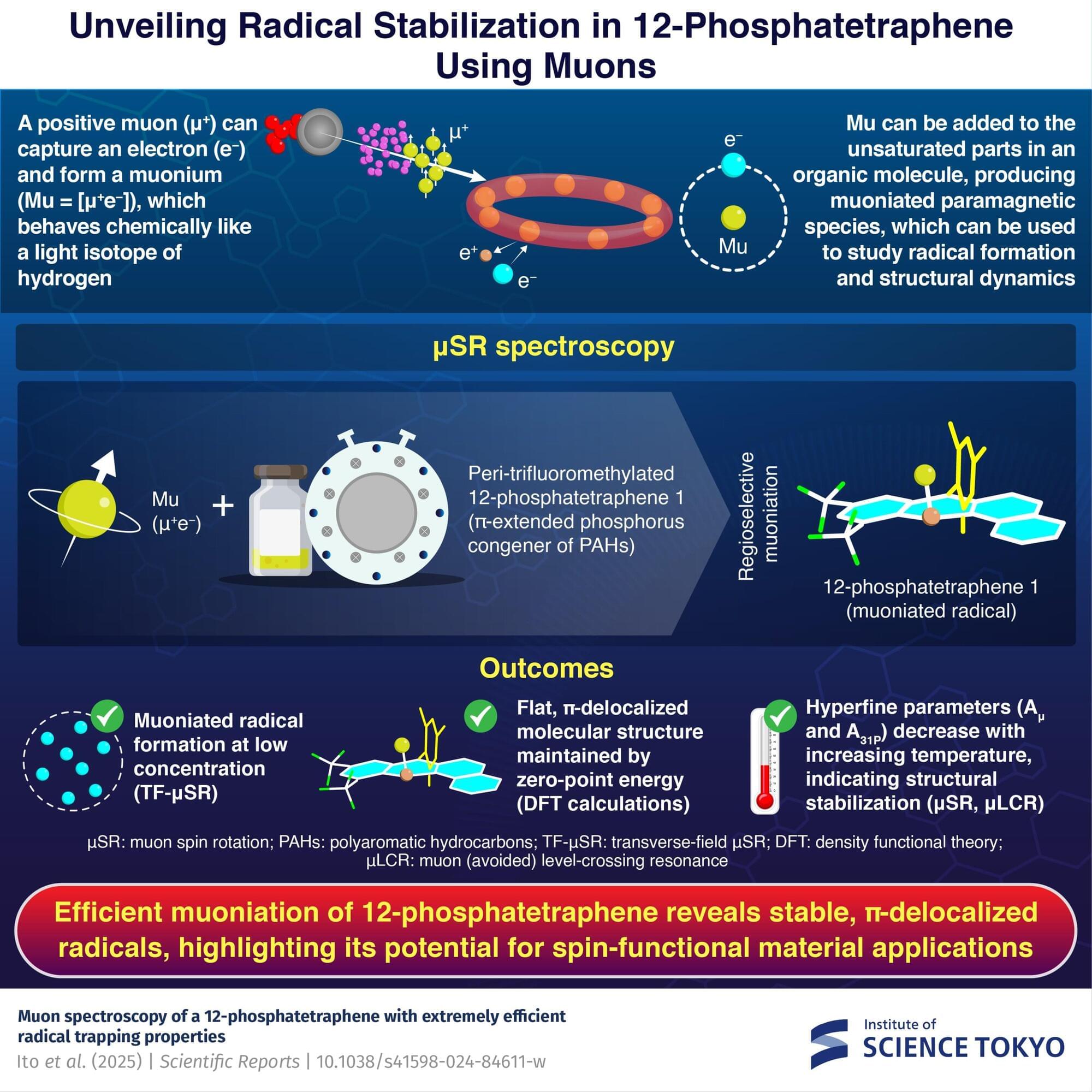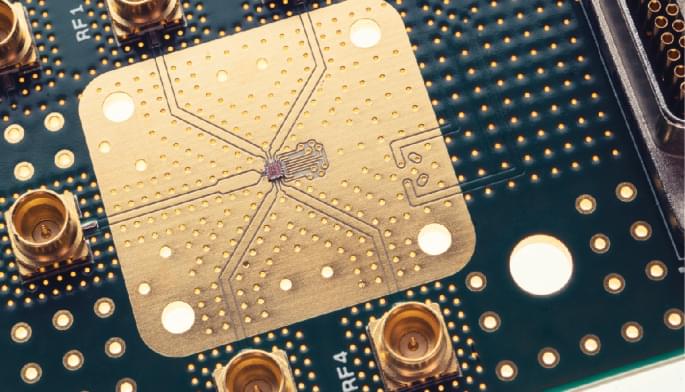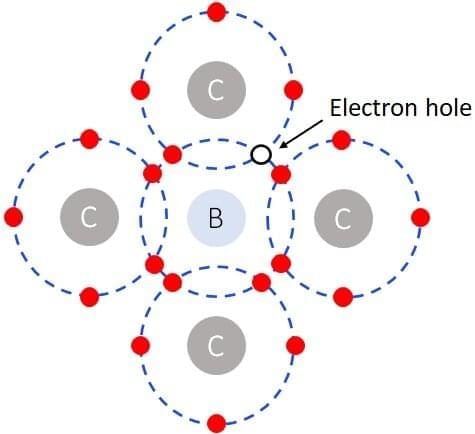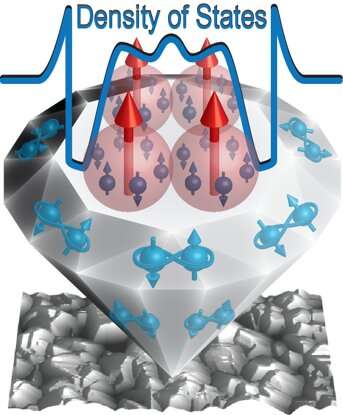Try Recraft, a premium image generation and editing tool for creators and teams, and get $12 off with my promo code BERMAN12: https://go.recraft.ai/matthew_berman.
Join My Newsletter for Regular AI Updates 👇🏼
https://forwardfuture.ai.
My Links 🔗
👉🏻 Subscribe: / @matthew_berman.
👉🏻 Twitter: / matthewberman.
👉🏻 Discord: / discord.
👉🏻 Patreon: / matthewberman.
👉🏻 Instagram: / matthewberman_ai.
👉🏻 Threads: https://www.threads.net/@matthewberma… LinkedIn: / forward-future-ai Media/Sponsorship Inquiries ✅ https://bit.ly/44TC45V Links: https://twitter.com/DarioAmodei/status/1884… https://darioamodei.com/on-deepseek-a… Disclosure: I am a small investor in Groq.
👉🏻 LinkedIn: / forward-future-ai.
Media/Sponsorship Inquiries ✅


